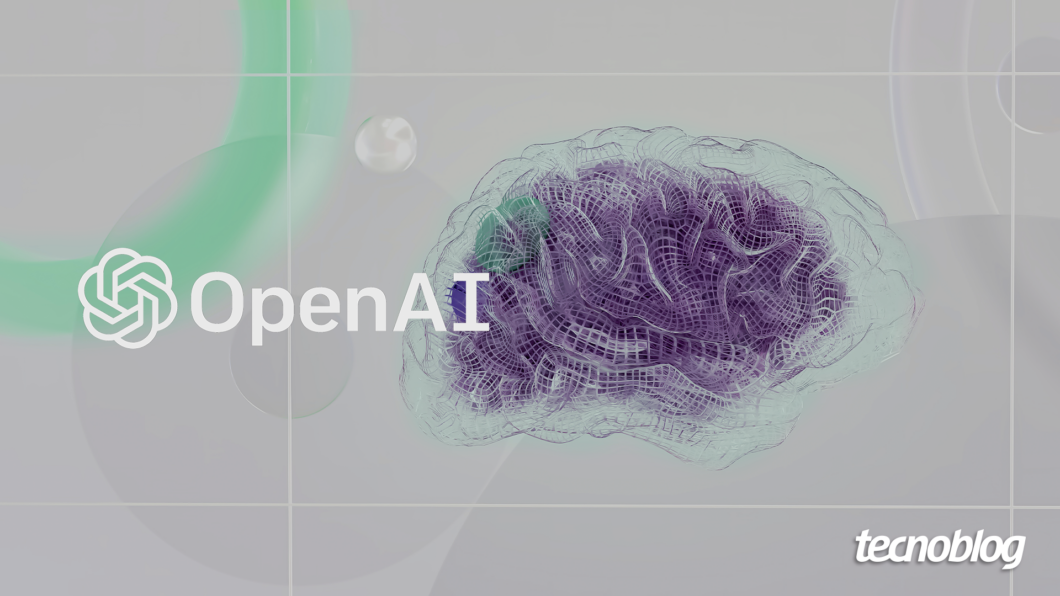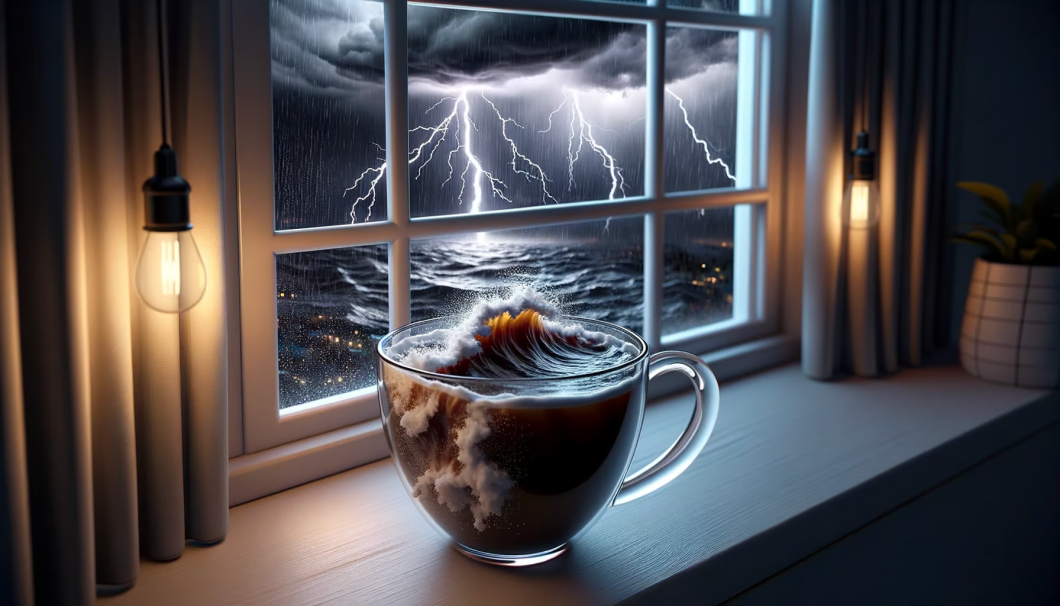
OpenAI announces that it is working on new tools to detect used images using its artificial intelligence model. Second, the classifier, like this, is correctly identified to 98% of the images generated by Dall-E 3. Meanwhile, if you don't use AI, less than 0.5% are classified incorrectly. Empenho with concomitant images, no entanto, may be minor.
The company claims that changes to compression, recordings, and saturation changes have minimal impact on identification capability. On the other hand, edits such as material modifications or the addition of Gaussian ruído reduce the stress.


In the tests there are other models, between 5% and 10% of the images generated by the AIs corresponding to the forum classified as being created by Dall-E 3. Secondly, the company, this means that the test cannot not work like another ferramenta tenha sido used to manage content.
OpenAI's efforts continue to develop and have not been released to the public. The company opened a land register for the first group of testers of the classifier. Interested parties, including research labs and for-profit journalism institutions, can do so. registering and save the selection.
OpenAI works on water marks
Other tools to identify the creations of your artificial intelligence models, a OpenAI adopted the C2PA maintainer (Coalizão pela Proveniência e Autenticidade de Conteúdo, em tradução livre).
This way, you can include metadata about images used by ChatGPT or the company's API. The videos are turned towards them Sora they will also be integrated into C2PA when released to the public.
OpenAI also works with independent solutions. The audio came out through the skin Voice Engine Platform Contam with an imperceptible signal, which can be used to identify that this content was generated by artificial intelligence.


